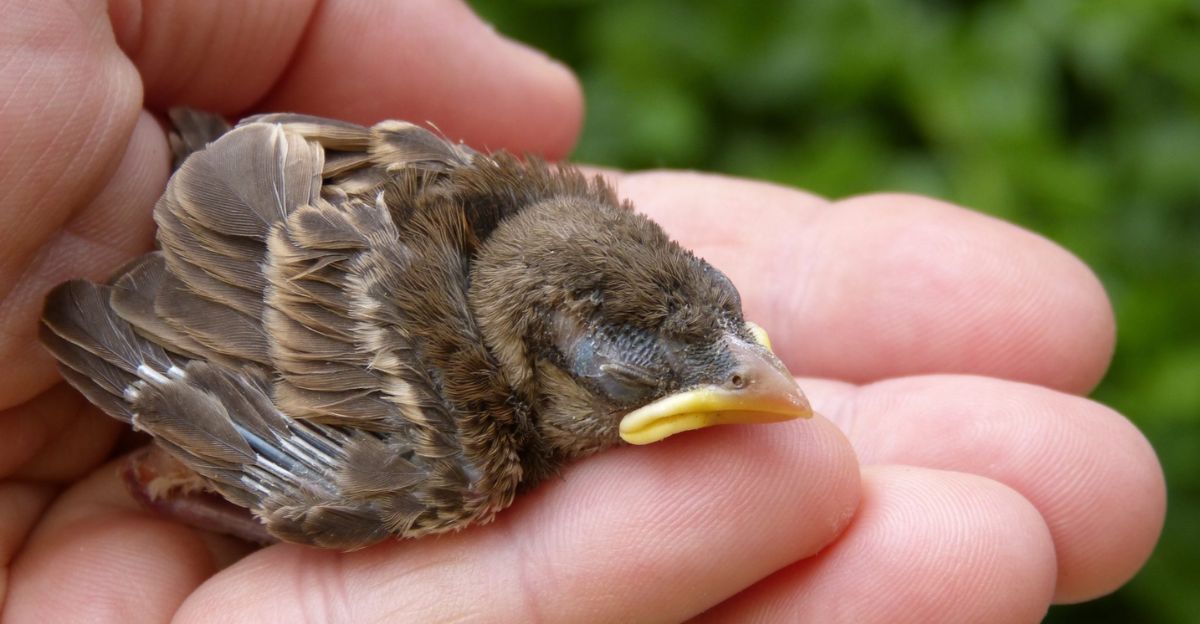
Finding a baby bird on the ground can be alarming and stressful, especially if you’ve never had to deal with it before. However, knowing what to do in this situation can make all the difference. Whether it’s a helpless nestling or a fledgling learning to fly, you should act based on its age and condition.
In many cases, the best option is to watch from a distance and allow nature to take its course, but sometimes, you have to intervene. This guide will walk you through how to assess the situation, when and how to help, and the safest way to care for a baby bird until professional wildlife rehabilitators can take over.
1. Initial Assessment
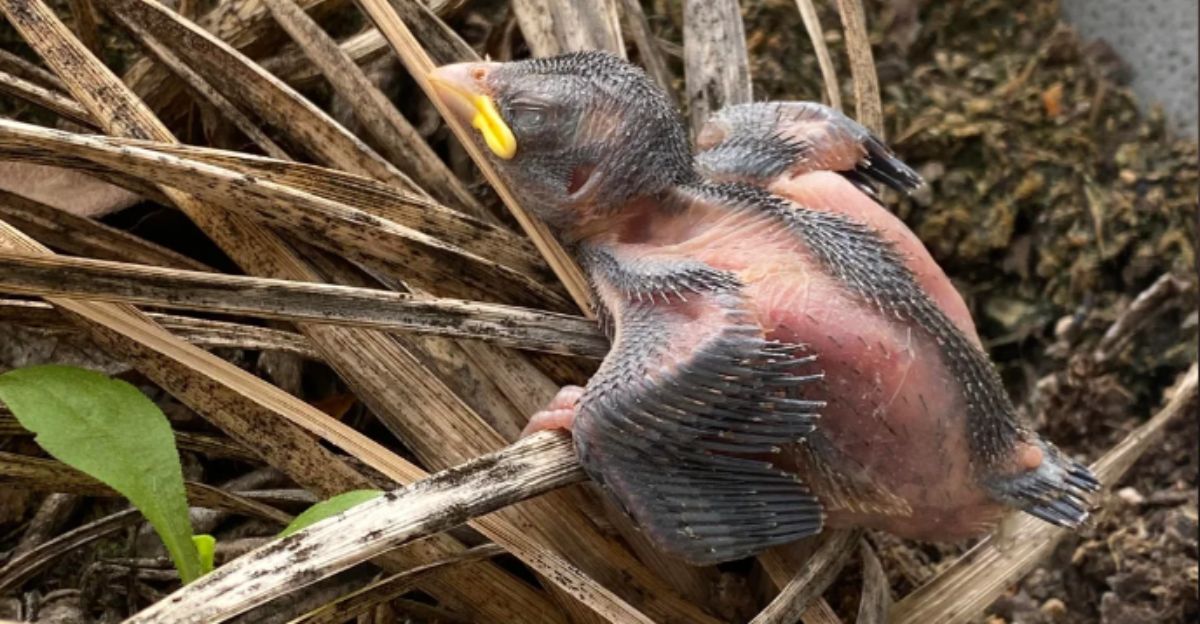
If you ever spot a baby bird outside of its nest, the first step is to identify whether it’s a nestling or a fledgling. Nestlings are still very young and barely have any feathers. They are also unable to hop or grip tightly. Fledglings are slightly older, have feathers, and are able to hop or flit.
Being able to tell them apart is very important as it determines the appropriate course of action. Your actions should depend on the bird’s developmental stage to ensure you provide the most suitable assistance. Your actions can significantly improve the bird’s chances of survival.
2. Addressing Nestlings

If it is a nestling, it needs immediate attention. Nestlings need the protection of their nests to survive. If you’ve found a nestling, then the chances are that the nest is nearby, so you should search the surrounding area. If you are able to find the nest, gently place the nestling back inside.
Don’t worry about the common myth that parents will reject the chick because of your scent. Birds have a really poor sense of smell. If the nest is damaged or you are unable to find it, you can create a makeshift nest out of a small container like a basket or plant pot with soft bedding. Secure it to a tree near where you found the bird and check if the parents return.
3. Fledgling Observation

Fledglings are slightly older and have recently left the nest and are learning to fly. It is normal to see them on the ground when they learn to fly. Unless the bird is in danger, watch it from a distance. The parents are usually nearby, caring for their young bird.
Try not to intervene. Fledglings do not need your help unless there is an immediate threat or visible injuries. Keep your pets away from the bird to minimize stress and to allow the parents to keep caring for their baby.
4. Handling Precautions

When you are handling a baby bird, you need to take precautions for your safety as well as the bird’s. Wear gloves when you are handling the bird to prevent spreading germs. If you don’t have gloves, wash your hands before and after touching it. Be very gentle to avoid causing any further stress or injury.
You can place the bird in a covered box with air holes and soft bedding while you decide on your next steps. Remember, you have to minimize disturbance and provide the bird with a safe environment until you can reunite it with its parents or find professional help.
5. Creating a Makeshift Nest
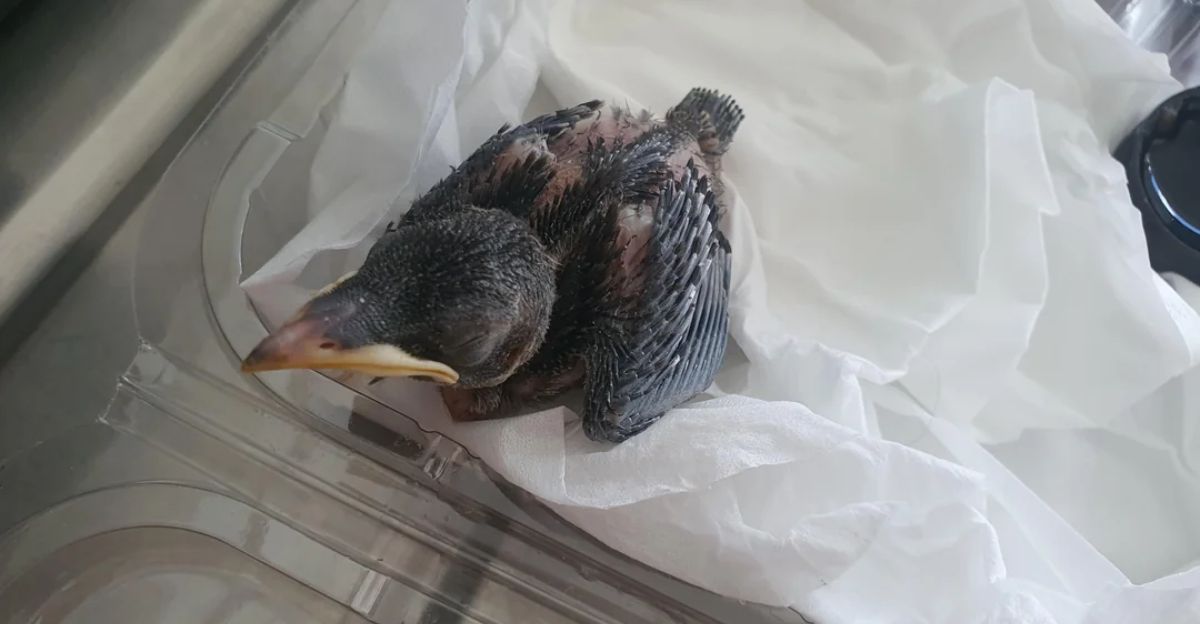
If you can’t find the bird’s original nest, or if it has been badly damaged, you can create one yourself by using a simple container, like a basket or a plant pot. Put soft materials inside, like grass, paper towels, or cloth for bedding. Next, place the baby bird inside and secure the container to a tree close to where you found the bird.
This gives the bird’s parents a safe and accessible spot where they can continue caring for it. Always make sure that the container has drainage to prevent water accumulation. This could save the bird’s life until it is ready to live independently.
6. Recognizing Signs of Injury

When you find a baby bird on its own, it’s important to check for any signs of injury. Examine the bird and look for any wounds, blood, or difficulty moving. If you spot any injuries, the bird needs help from a professional. Immediately get in contact with a local wildlife rehabilitator or veterinarian.
They will be able to treat the injured bird and increase its chances of survival. While you’re waiting to get the bird to a professional, keep it in a safe and quiet place to reduce stress. Medical care is very important, as it can significantly impact survival.
7. Contacting a Wildlife Rehabilitator
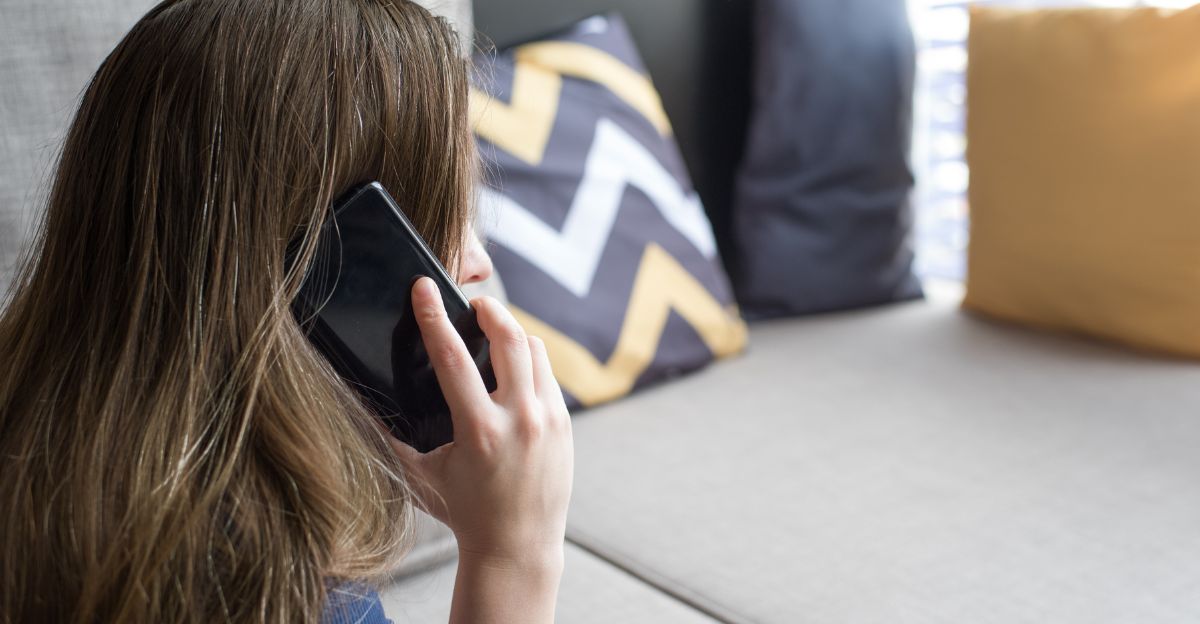
Wildlife rehabilitators are trained professionals who know how to care for injured or orphaned wild animals. They have the knowledge and the facilities to provide the necessary medical treatment, as well as food and shelter. Contact a rehabilitator immediately if you find an injured or orphaned baby bird.
You can look online for wildlife rehabilitators in your state or contact your local humane society for help. These experts can assess the bird’s condition and give it the best possible care, which could increase its chances of being released back into the wild.
8. Monitoring Parental Care
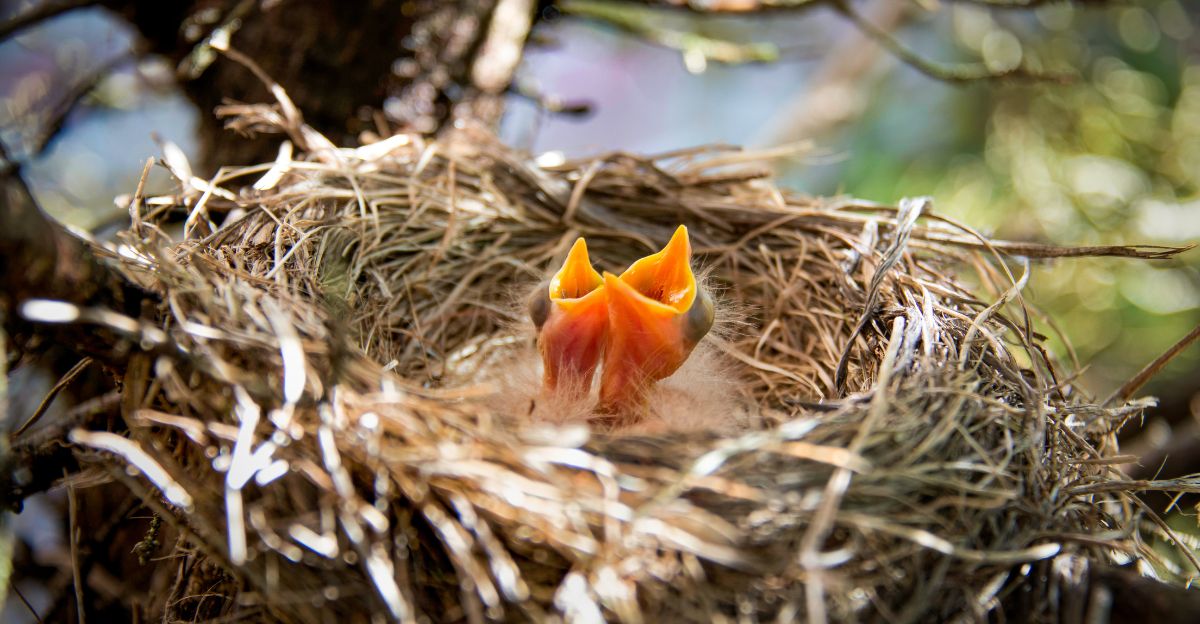
Once you’ve returned a nestling to its nest or placed a fledgling somewhere safe, keep your distance and observe them to see if their parents return. Don’t get too close, or else you could scare the parents away. Look out for older birds feeding or attending to the young bird.
If you spot no sign of the parents within a few hours, or if the baby bird seems distressed, it might need further intervention. If this happens, reach out to a wildlife rehabilitator for help. They will help you choose the best course of action.
9. Providing Temporary Care
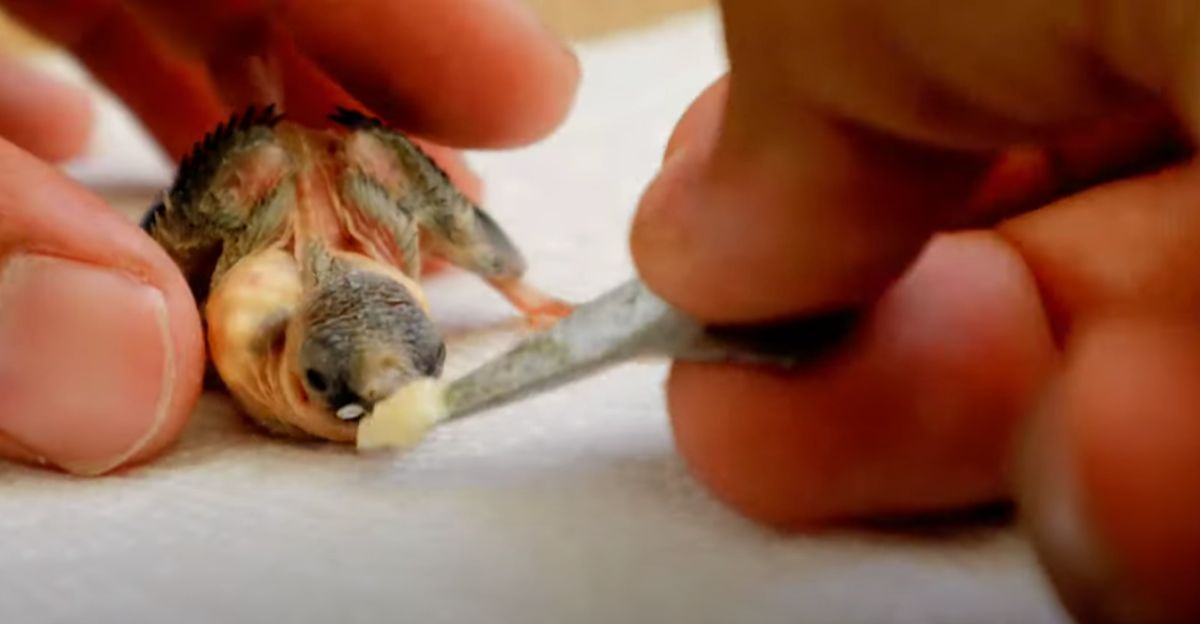
If you have to care for a baby bird for a short while, maybe while you are waiting for a professional, provide a warm, safe, and quiet environment. Keep the baby in a covered box with soft bedding under it. Offer them the correct food based on their species, but do not feed them water directly.
If you’re not sure what to do, contact a wildlife rehabilitator. They will give you specific feeding instructions and care guidelines. Caring for a wild bird requires specialized knowledge, and improper care can harm the animal. Provide comfort and safety until professional help is available.
Explore more of our trending stories and hit Follow to keep them coming to your feed!

Don’t miss out on more stories like this! Hit the Follow button at the top of this article to stay updated with the latest news. Share your thoughts in the comments—we’d love to hear from you!







